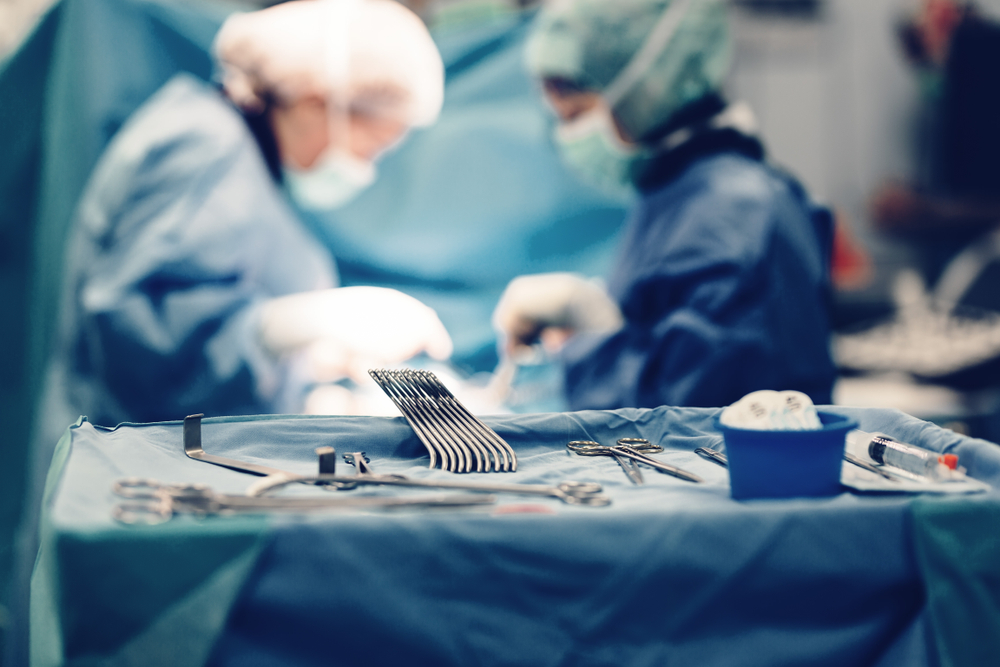
Intraoperative neuromonitoring (IONM) is a surgical innovation that monitors the electrical potential of nerves, allowing surgeons to avoid nerve injury or morbidity during certain procedures. Research shows it is especially useful during complex operations involving cerebral tumors, peripheral nerves, the spine, the brain stem, the vascular system, and the thyroid, parathyroid, and esophagus. SpecialtyCare provides extensive training for IONM clinicians and places them where needed at ORs around the country. We recently spoke with Dr. Suken Shah, a spinal surgeon, about how IONM is improving patient outcomes and making surgery safer.
“The area of intraoperative neurologic monitoring is so critical to what we do,” says Dr. Shah. “We have to be the ones that are asking for better, that are asking for the best and, fortunately, our monitoring team has been the best in the region and now in the nation for so long.”
In regard to spinal surgeries, technology, in general, has been instrumental in shortening recovery times and reducing the complexity of certain procedures. “Specifically in scoliosis surgery, I can pretty much assure a patient and their family that the surgery will be carried out in a pretty efficient manner,” says Dr. Shah. “They leave the hospital pretty reliably in a matter of days rather than weeks, they’ll return to school in weeks rather than months, and return to sports in a couple of months rather than wait a whole year.”
Though neurological testing dates back to the 1930s, technological advances have allowed the modern practice of IONM to develop and become more common in the last couple of decades. According to the American Society of Neurophysical Monitoring, IONM provides guidance for surgeons during intricate procedures, offering visibility into effects on structures such as peripheral nerves and the sensorimotor complex. Designed to reduce risk, IONM can prevent injuries that might otherwise result in paralysis, muscle weakness, hearing loss, or other alterations in normal body function.
“It’s an early warning system, and I often tell the residents, ‘Fellas, this is like having a smoke detector in your house before your house catches on fire. Wouldn’t you rather know early than wait until something devastating or irreversible happens?’ Of course,” says Dr. Shah. “So, that’s where this comes in to being much safer. And then having that ability to map out the spinal cord in its regional variability or the front and the back, now we can almost get a full view of every component of the neurologic elements, rather than just one part.”
Dr. Shah also emphasizes how IONM has made complex surgeries safer than ever before, opening doors for medical science and surgical capability. Certain deformities can be corrected more readily, more tumors can be removed, and features such as a patient’s individual nerves and spine can be mapped out more accurately thanks to real-time monitoring.
“We need real-time information, just like your dashboard on your car. I want to know how fast I’m going, how much gas I have, what the temperature in my car is… This intraoperative monitoring can tell us that without having to wake the patient up and having a very stable anesthetic,” Dr. Shah says. “…[IONM] gives us tremendous confidence that what we’re doing is safe.”
How SpecialtyCare Is Making Surgery Safer
SpecialtyCare is the industry’s leading provider of IONM and perfusion services, participating in hundreds of thousands of surgeries across the nation every year. Our surgical research database and training programs continue to foster innovation, equipping clinicians with the knowledge and resources they need to improve outcomes. We assist hospitals in making ORs safer, providing clinical staff as well as IONM, perfusion, and sterile processing services. To find out more about how to partner with us, get in touch with our team today.
Comments are closed.